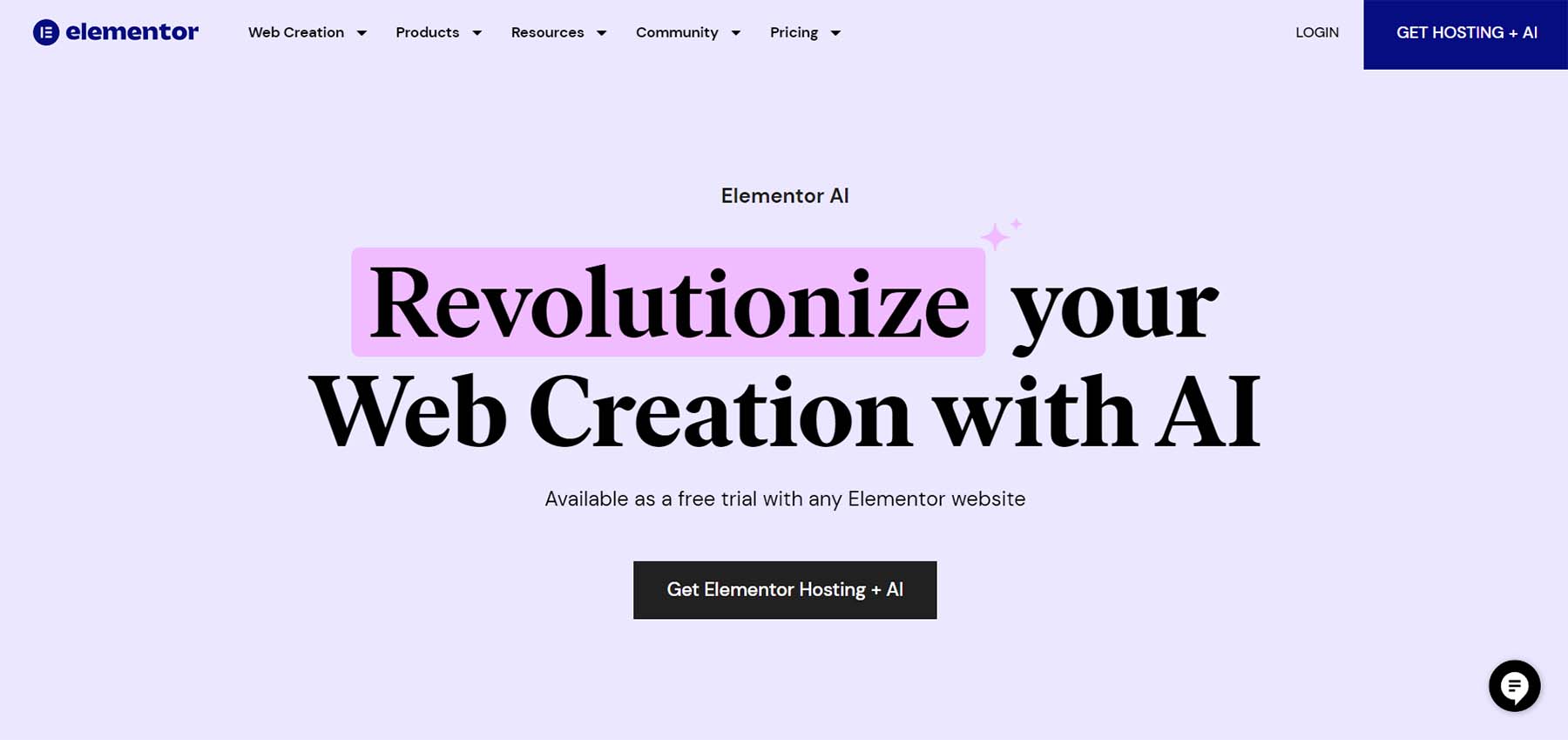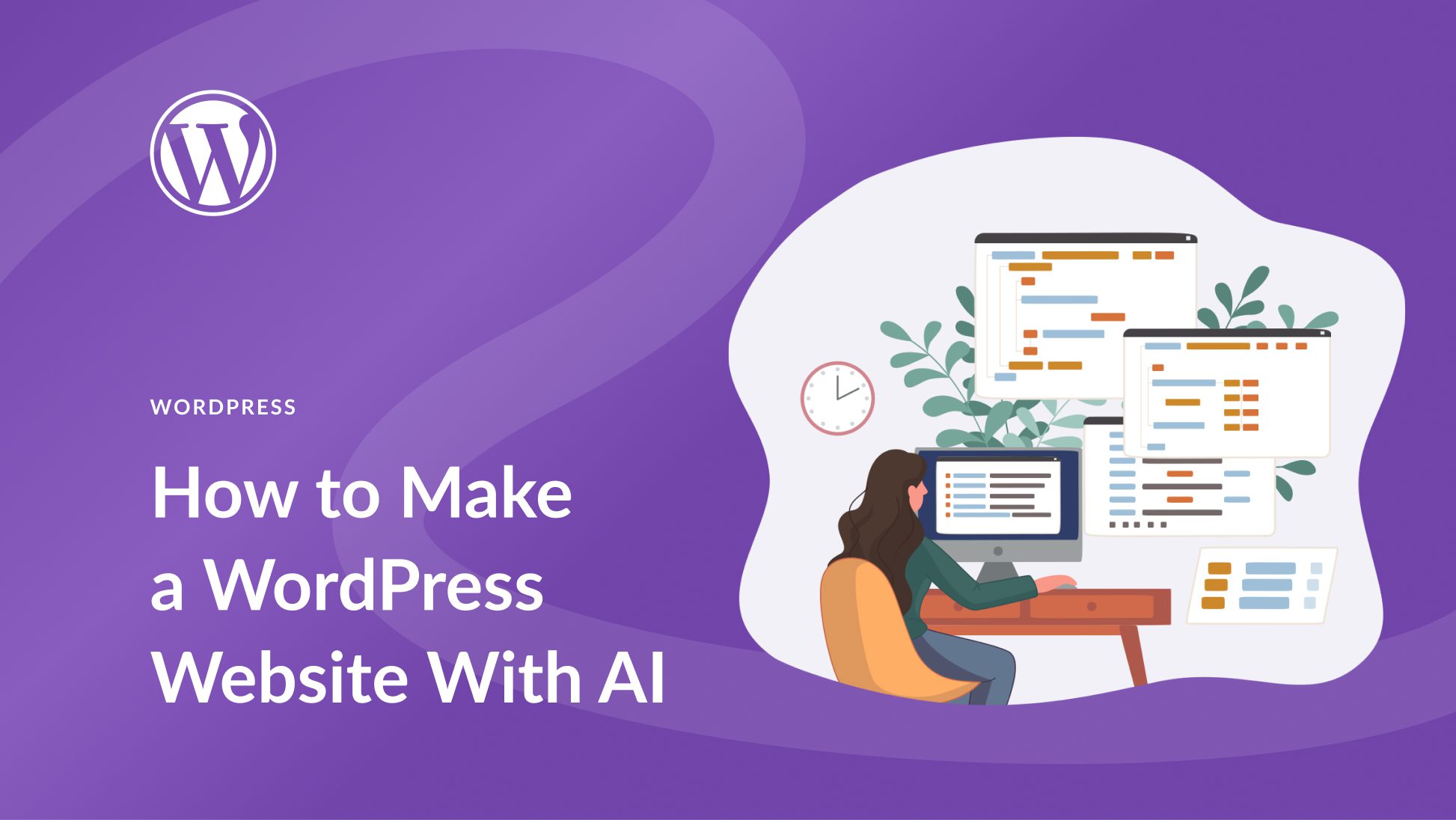
Is Elementor free?
Is Elementor truly free? What value does this platform offer to its users? Can you enjoy all the benefits without paying a single penny? These are questions that need clear and accurate answers for anyone contemplating to use Elementor, a popular WordPress page builder.
The main problem being, certain sources have eluded to the possibility that Elementor’s free version may not be as inclusive as many perceive it to be. According to a study conducted by Kinsta, a predominant number of the most vital features are only available in Elementor Pro, the paid version of the software. Another authoritative source, WPBeginner, points out that the standalone free version of Elementor may not be sufficient for more in-depth web building needs. The rationale for resolving this problem could be that Elementor should consider offering more features in its free version, or at least clarify the limitations of the free version to its potential users. Several surveys performed within the USA have also highlighted this issue, providing more ground for this proposal.
In this article, You will learn about the various aspects of Elementor, beginning with a detailed exploration of its free version. We will delve into the features that this version offers and those that are exclusive to the Pro version. The article will highlight specific user experiences and case studies to give you a holistic view of Elementor’s functionality and value propositions.
Furthermore, we will also shed light on the findings of the aforementioned surveys and studies conducted in the USA context. Consequently, this should enable you to make a well-informed decision about whether Elementor’s free version is indeed enough for your needs, or if you should consider upgrading to Elementor Pro.
Simple Definitions and Understandings of Elementor
Elementor is a popular WordPress page builder with a basic core version that is free to use. It offers drag and drop capabilities, making it highly user-friendly, even for those without extensive technical knowledge. It offers a range of customizable features for designing your website such as fonts, colors, images, etcetera, all without the need to write any code. The free version encompasses basic features that are suitable for small to medium-sized businesses or personal projects.
An upgrade to Elementor Pro is necessary to unlock more advanced functionality, including a larger variety of widgets, theme builder, and pop-up builder. Elementor Pro comes at a cost, varying depending on the plan chosen.
Unveiling the Truth: Is Elementor Actually Free?
From the onset, Elementor appears to be a free plugin designed to aid in website design. Upon a deeper dive into its features and functionalities, the argument of its “free-ness” begins to surface. Elementor does have a free version, which offers a vast array of tools and features. These include 40+ basic widgets and over 30 basic templates, perfect for beginners or those with a minimal web design background. However, there’s an upgrade option to Elementor Pro, a premium version that holds even more advanced functionalities, which is not free.
The Distinct Line: Elementor Vs. Elementor Pro
The demarcation between Elementor and Elementor Pro significantly depends on the specific needs of the user. The free version can get a beautiful and functional site up and running. However, to unlock more advanced features such as theme builder, WooCommerce builder, pop-up builder and 50+ advanced widgets, an upgrade to Elementor Pro is necessary. Access to Elementor Pro is not free and comes with three pricing plans; Personal, Plus, and Expert, catering to different needs from a single site to 1,000 sites.
While the free version allows you to do a fair amount, the need for more flexibility and control might necessitate an upgrade. This underlines the notion that the free version, albeit functional, serves as a gateway to the more equipped Pro version.
The Breakdown of Cost
In your decision to possibly upgrade to Elementor Pro, understanding what you are paying for is critical. The Elementor Pro pricing plans fluctuate between $49 – $999 per year.
- Personal – $49 annually for 1 site. Comes with over 50 Pro widgets, over 300 Pro templates, theme builder, WooCommerce builder, pop-up builder, and a year of updates and support.
- Plus – $99 annually for 3 sites. Includes everything in the Personal Plan.
- Expert – $199 annually for 1,000 sites. This option, designed for web designers and developers, carries all the perks of the Plus Plan.
In conclusion, the truth about Elementor is both simple and complex. Yes, Elementor is free, but with limitations. To experience the full array of features it offers, an investment into one of its premium plans is necessary. The real question, however, is not whether Elementor is free, but if the price to upgrade aligns with your web design needs and expectations.
Digging deeper: The Hidden Costs of Using Elementor for Free
Is There Such a Thing as Free Lunch?
Ever wondered why certain powerful tools, such as Elementor, can be accessed without paying a penny? Does it sound too good to be true? More often than not, it is. Yes, you read that right; there is a possibility that using Elementor for free might not be free after all. On the surface, it appears that this freely available web designing tool is the perfect aid for creating an advanced WordPress website. But a closer look and some strategic analysis often uncovers additional costs – both direct and indirect.
The Reality Behind Free Usage
Our primary problem here is the mistaken impression many users have when they hear the word ‘free’. Many often think they’ve hit a jackpot, with a comprehensive tool like Elementor at no cost. However, what they often fail to release is the lack of vital features which are quintessential to developing a website of professional quality. A free version lacks premium aspects such as Theme Builder, WooCommerce Builder, Popup Builder, and a large number of widgets and templates. These are not simply luxuries to be brushed aside but vital necessities. Moreover, apart from the deficient features, users often encounter hidden expenses such as spending numerous hours learning to navigate around the limitations of the free version, or the cost of third-party add-ons to cover up for missing functionality.
Lessons from Confident Elementor Users
Examining the path of experienced users, we can learn that the ‘pay’ to use Elementor effectively doesn’t always have to be monetary. For instance, to effectively cut costs, one may resort to self-learning through online tutorials, webinars, and other forms of online content to master the tool. However, it’s important to remember that while this is indeed a monetary cost-cutting measure, it’s a significant investment of time, effort, and discipline. Alternatively, users can opt for Elementor Pro, which, for a reasonable price, offers a comprehensive package with extra features and benefits. It may seem like an expense, but considering the amount of time and potential shortcomings saved, it can be a profitable investment in the long run.
Elementor Free vs Pro: Is it Worth the Upgrade?
Delving Deeper Into the Elementor Free Version
Is the free version of Elementor sufficient for building an excellent website? The key idea here rests in the range of features offered by the free version. Elementor’s free version comes with a powerful drag-and-drop builder compatible with all WordPress themes, offering a user-friendly interface for novices who want to design unique web page layouts without touching a line of code. This comes complete with over 30 basic widgets such as image box, video, button, heading, and spacer for crafting an eye-catching website. It also boasts mobile editing capabilities, enabling you to optimize designs for mobile devices. Furthermore, the free version packs built-in maintenance mode and under construction pages, making your web development process a breeze.
Identifying the Achilles Heel
So, what’s the catch with Elementor’s free version? The main issue arises when you want to take your web designing endeavors up a notch. Though it’s robust as a standalone builder, the free version has its limitations when it comes to advanced features. For instance, it offers no premium widgets, no support for WooCommerce, and no template kit, which are invaluable tools for more serious projects. Additionally, you cannot access global fonts and colors, which are essential for maintaining style consistency across the website. The lack of dynamic content feature also means that you can’t create complex sites or use custom fields—a significant drawback for professional developers.
Examining Top Examples of Upgrading to Elementor Pro
Nonetheless, is the upgrade really worth it? To answer this, we can examine the experiences of those who have taken the plunge. For instance, users who upgraded benefitted from over 50 premium widgets and over 300 pro templates that allowed them to build artistically complex and functional sites. They also had access to the theme builder, enabling them to design headers, footers, and other parts of their websites. Ecommerce site owners particularly appreciated the WooCommerce builder, as it enriched their stores with customizable single product, product archive, and add to cart widgets. Content developers had the advantage of using dynamic content, transforming how they displayed posts and pages and adding richness to the reading experience. Consequently, the scope of increased creativity and functionality with Elementor Pro propelled these users’ websites to new levels.
Conclusion
Have we truly understood the immense potential of Elementor as an empowering tool, even when it’s in the free version? As observed, Elementor indeed possesses a free version which is not only functional but also offers a wide spectrum of widgets to help you create a highly interactive website. The value it provides for no cost is phenomenal, allowing novices and experts alike to create professional looking websites. This makes it an ideal choice for beginners getting their feet wet in the field of web development or businesses on a tight budget.
We would like to take this opportunity to encourage you, our valued readers, to remain connected with our blog. You will find it to be a rich source of useful information, with regular updates addressing diverse topics. We ensure to keep our articles informative, accurate, and full of worthwhile reads. By staying updated, you can make the most of tools like Elementor, and other similar applications and technology.
As we continuously explore interesting, useful, and trending topics, we are excited about what the future holds. There will always be significant updates, ‘must-knows’, and ‘how-to’ guides on the way. So, the anticipation about forthcoming posts should keep you thrilled. Every new article from us promises to equip you with fresh insights and understanding about your areas of interests. We cannot wait to see you benefit from our future blog releases and commentaries.
F.A.Q.
Sure, here is your FAQ section:
1. Is Elementor completely free?
Elementor does offer a free version of their page builder, which provides a good deal of functionality. However, if you want access to more advanced features and resources, you would need to opt for their Pro version, which is a paid service.
2. What features are available in the free version of Elementor?
The free version of Elementor offers a drag-and-drop page builder, over 40 basic widgets, and over 30 basic templates. However, it does not include premium templates, theme builder, or WooCommerce builder which are part of the paid version.
3. Can I upgrade from Elementor’s free version to Elementor Pro?
Yes, you can easily upgrade from the free version of Elementor to Elementor Pro at any time. All your data and designs will remain intact after the upgrade.
4. Is the Elementor Pro version worth the cost?
Whether or not Elementor Pro is worth the cost depends largely on your specific needs. If you require more advanced design features and resources, or need to build a WooCommerce shop, then investing in Elementor Pro would be beneficial.
5. Is there a trial period for the Elementor Pro version?
Unfortunately, Elementor does not offer a free trial for their Pro version. However, they do have a 30-day money-back guarantee, so you can try it risk-free for a month.











